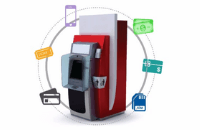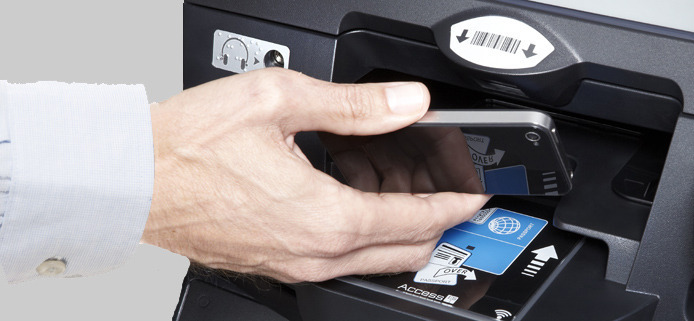Technological advancements in the payments industry is driving innovation in banking. Some of the recent developments in banking include branchless banking, online utility bills payment, EMV card issuance and acquiring system and much more. A new introduction to the banking industry is NFC payments technology that makes tap-and-pay services like Apple Pay, Samsung Pay and Google Wallet work.
What is NFC?
So what exactly is NFC? If you have ever owned an NFC equipped phone, you probably already know what it is. Simply put, NFC (Near Field Communications) is wireless, short-range communication between two compatible devices. This requires a transmitting device to transmit signals and another device to receive them. Just like infra-red technology, you bring the two devices close to transmit and receive signals. A range of devices can use the NFC standard. These devices are considered either active or passive depending on how they work.
Passive NFC devices include tags including other small transmitters that can send information to other NFC devices without the need for a power source of their own. However, they don’t really process any information sent from other sources and can’t connect to other passive components. These often take the form of interactive signs on walls or advertisements.
Active devices are able to both send and receive data, and can communicate with each other as well as with passive devices. Smartphone’s are by far the most common implementation of active NFC devices.
NFC Payments
So, how is NFC payments making banking easier? Number of cash-based transactions are declining because customers are now using plastic cards to make purchases. Plastic cards are replacing cash because they are safer and more convenient. And you no longer have to wait for minutes if the shopkeeper doesn’t have change. NFC makes the process even faster. An example of NFC technology is the Chase Blink credit card which includes an NFC chip and enables users to wave their cards in front of an NFC-enabled point-of-sale terminal to make purchases.
NFC is paving the way for new payment opportunities and opening the door for new innovation. The technology is making it feasible for smartphone users to embrace mobile wallets. With a mobile wallet app in an NFC equipped smartphone, consumers can access their wallet (credit/debit card account, prepaid cards, loyalty programs, etc) by tapping their phone on a POS device and quickly and efficiently make payments.
Some of the major credit card companies, banks and cellular carriers have created an international mobile wallet standards consortium called ‘ISIS’ also known as ’Soft Card’. Smartphone manufacturers including Apple and Samsung have adopted NFC technology to drive innovation in payments. The advancements in this area led to the creation of products like Apply Pay, Samsung Pay & Google Wallet.
Juniper Research, a UK based telecommunications research firm, has predicted that NFC based payments will total $180 billion by 2017. This number shows that NFC is going to shift the paradigm of retail payments. Let’s get ready for the paradigm shift in shopping and see the magic of NFC.










Leave A Comment